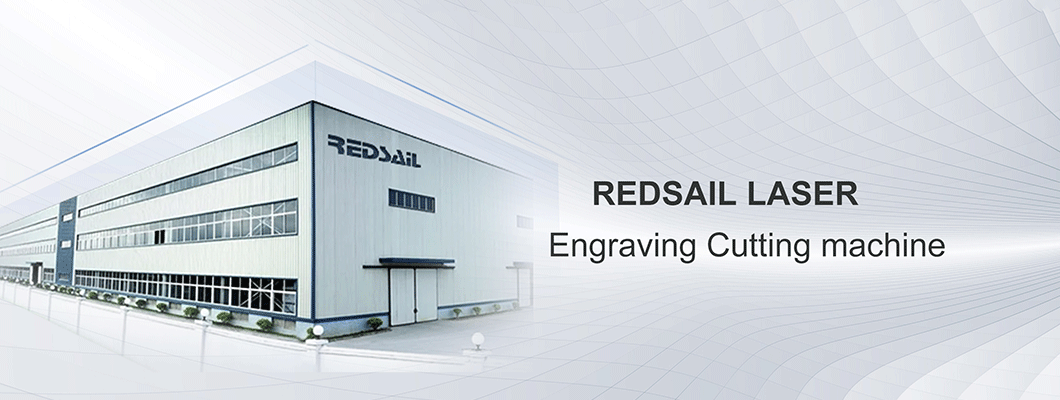
Are you a DIY enthusiast looking to take your projects to the next level? Investing in a laser cutter for your home can be a game-changer. These machines offer precision cutting and engraving capabilities, allowing you to create intricate designs and personalized items with ease. In this article, we will guide you through the process of choosing the best laser cutter for your specific needs.
Types of Laser Cutters
Before diving into the factors to consider when selecting a laser cutter, it is important to understand the different types available in the market.
1. CO2 Laser Cutters
CO2 laser cutters are one of the most popular choices for home use. They use a carbon dioxide gas mixture to produce a laser beam that can cut through a variety of materials, including wood, acrylic, leather, and fabric. These machines are known for their versatility and are suitable for a wide range of DIY projects.
2. Fiber Laser Cutters
Fiber laser cutters are specifically designed for metal cutting. They utilize a solid-state laser that is generated through the means of optical fibers. These machines offer exceptional precision and speed when working with metals like steel, copper, and aluminum.
3. Diode Laser Cutters
Diode laser cutters are compact and affordable options suitable for light-duty cutting and engraving. They are primarily used for engraving on surfaces like wood, plastic, and leather.
Factors to Consider
When choosing a laser cutter for your home, consider the following factors:
1. Power and Speed
The power and speed of the laser cutter directly impact its cutting and engraving capabilities. Higher power means it can cut through thicker materials, while faster speed ensures greater efficiency. Determine your desired cutting requirements to select an appropriate machine.
2. Workspace and Size
Consider the available space in your home, as laser cutters come in various sizes. Ensure you have enough space for the machine and its ventilation requirements. Additionally, check the size of the working area where your materials will be placed during cutting.
3. Software and Compatibility
A user-friendly software interface is crucial for controlling the laser cutter. Look for machines that come with compatible software that suits your skill level. Compatibility with various design software such as Adobe Illustrator or CorelDRAW is also desirable.
4. Safety Features
Laser cutters involve the use of high-power lasers, so it is essential to prioritize safety. Features like emergency stop buttons, safety interlocks, and cooling systems are important considerations. Make sure the machine you choose meets safety regulations and certifications.
5. Budget
Set a budget based on your requirements and research machines that fit within that range. Keep in mind that higher-quality machines may come at a higher price but can offer better performance and longevity.
FAQs
Q1. How much does a home laser cutter cost?
A1. The cost of a laser cutter for home use can vary significantly depending on the type, power, and additional features. Entry-level CO2 laser cutters typically range from $200 to $2000, while high-end models can exceed $10,000. Fiber and diode laser cutters tend to be more expensive.
Q2. Can laser cutters engrave on all materials?
A2. Different laser cutters have specific material compatibility. CO2 laser cutters can engrave on various materials, including wood, acrylic, leather, and fabric. Fiber laser cutters work best for metal engraving, while diode laser cutters are suitable for engraving on surfaces like wood, plastic, and leather.
Q3. Are laser cutters safe for home use?
A3. Laser cutters can be safe for home use as long as proper safety measures are followed. It is essential to ensure your workspace is well-ventilated and that you use safety equipment like protective eyewear. Additionally, opt for laser cutters with built-in safety features like emergency stop buttons and cooling systems.
Q4. What level of expertise is required to operate a laser cutter for DIY projects?
A4. The level of expertise required depends on the specific machine and software used. Some laser cutters come with user-friendly interfaces, making them suitable for beginners. However, a basic understanding of design software and laser cutting concepts is beneficial.
Q5. Can I get technical support for my laser cutter?
A5. Most reputable laser cutter manufacturers offer technical support, either through user manuals, online resources, or customer service representatives. Some even provide training programs to help users learn how to operate their machines effectively.
With the wide variety of laser cutters available for home use, taking the time to research and evaluate your options is essential. Consider your specific needs, budget, and desired features before making a purchase. By choosing the right laser cutter for your DIY projects, you can take your creativity to new heights.

Leave a Comment